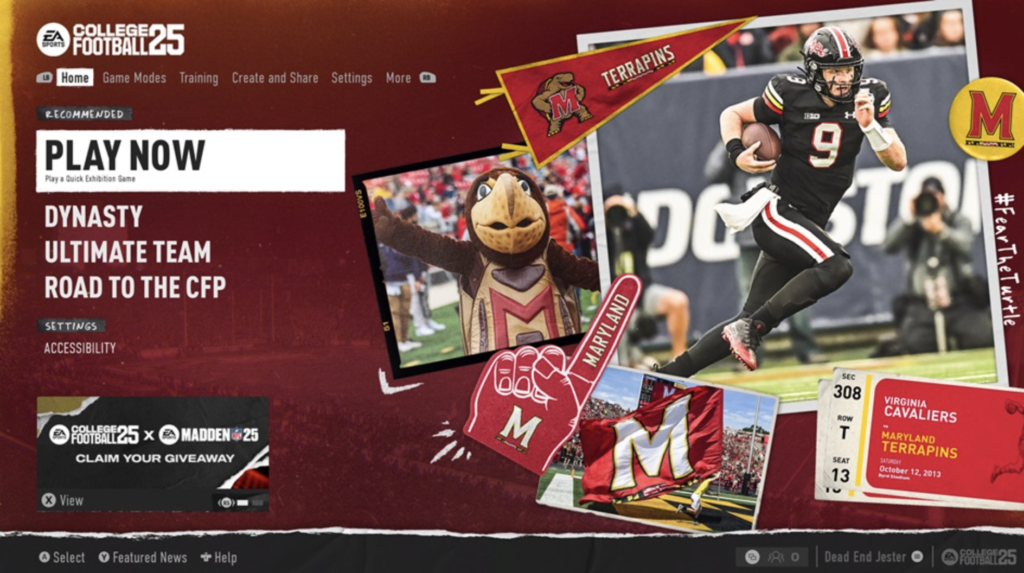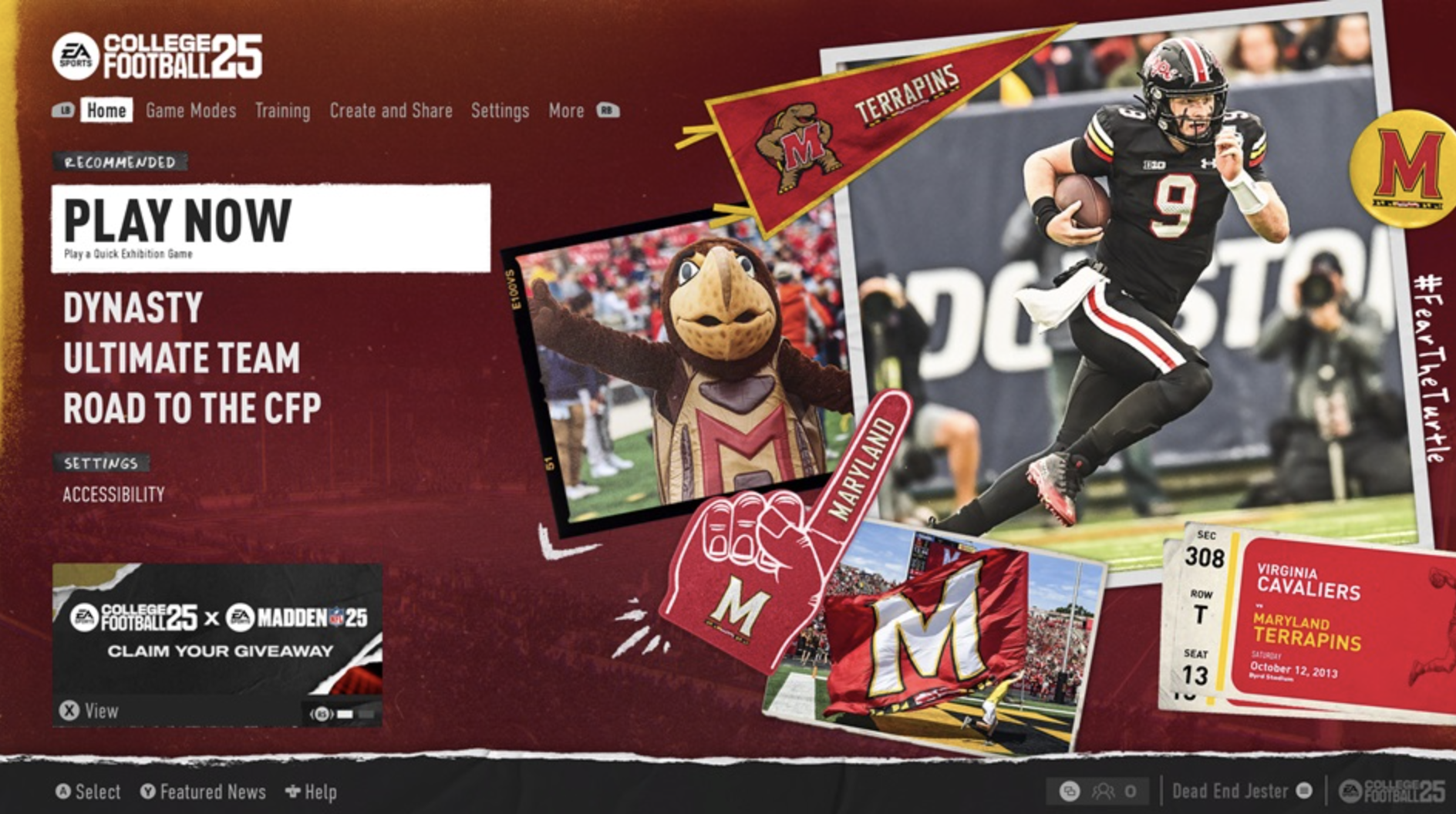
For the first time in more than a decade, EA released a new version of NCAA Football with College Football 2025. After the 2013 season, EA stopped releasing new versions of this game, which left college football fans clinging to old versions of the game for years. This game had me hooked with the ability to recruit players and build any school into a perennial powerhouse, so when news broke that EA would be releasing a new version, I could not wait to get my hands on it. And it was worth the wait just for the College Football 2025 recruiting. Now, time for my Ultimate EA Sports College Football 2025 Recruiting Guide!
Recruiting is the cornerstone of building a successful dynasty in EA Sports College Football 2025. To assemble a top-tier team, it’s essential to have a well-structured strategy that adapts throughout the season. This comprehensive guide will walk you through each phase, from pre-season preparations to in-season adjustments, ensuring you maximize your recruiting potential.
Pre-Season (Week 0): Laying the Groundwork
Optimize Your Schedule
- Schedule Early Byes: Arrange for bye weeks in the first 2-3 weeks of the season. This strategy provides flexibility for scheduling recruit visits later in the year, allowing you to capitalize on pivotal moments.
- Host Strong Opponents at Home: Scheduling home games against formidable teams early on can enhance your program’s appeal. Victories in these high-stakes games can significantly boost your influence with recruits during their visits.
Build Your Initial Recruiting Board
- Prioritize High-Interest Recruits: Focus on prospects who have already listed your program as a top choice. Their existing interest increases the likelihood of securing commitments early.
- Leverage Pipeline States: Concentrate on recruits from your strongest pipeline states. A robust pipeline offers inherent recruiting advantages, making it easier to attract talent from these regions.
Scouting and Scholarships
- Utilize Extra Scouting Hours: The pre-season offers additional scouting hours. Use this time to thoroughly evaluate prospects, ensuring you allocate resources effectively.
- Extend Scholarship Offers Promptly: Offer scholarships to all targeted recruits before advancing to the next week. Early offers can set your program apart from competitors.
Early Season (Weeks 1-2): Strategic Adjustments
Assess Your Standing
- Evaluate Recruit Interest Levels: Review each recruit’s interest and position your program accordingly.
- Trailing Competitors: If you’re behind a school with equal pipeline strength, allocate maximum resources to that recruit to close the gap.
- Leading with Strong Pipeline: If you’re ahead and possess a strong pipeline, consider using direct communication methods, such as direct messages or engaging with the recruit’s family, to solidify their commitment.
- Leading with Weaker Pipeline: If you’re leading but a competitor with a stronger pipeline is gaining, increase your efforts to maintain your lead.
- Losing to Stronger Pipelines: If trailing schools with superior pipelines, it may be prudent to refocus efforts on other recruits where you have a competitive advantage.
Expand Your Recruiting Board
- Identify Unoffered Talent: Add recruits who haven’t yet received scholarship offers from other programs. This proactive approach can position your program favorably as their first offer.
- Monitor Social Media: For recruits with no existing offers, utilize social media channels to gauge interest and establish early communication, potentially securing commitments before other programs take notice.
Mid to Late Season (Week 3 and Beyond): Securing Commitments
Optimize Campus Visits
- Prioritize Top Prospects: Focus on recruits who have included your program in their top choices.
- Schedule Impactful Visits: Plan visits that highlight the recruit’s highest-rated interests. Alternating between offensive and defensive recruits during visit weeks can maximize complementary position boosts.
- Avoid Positional Overlaps: Refrain from scheduling multiple recruits for the same position in a single visit week to prevent negative competition effects.
Refine Point Allocation
- Dynamic Resource Management: Continue to adjust your recruiting points based on evolving recruit interests and competitive standings, ensuring optimal use of available resources.
- Strategic Pitching: Determine when to employ hard or soft pitches based on the recruit’s interest level and your program’s strengths, tailoring your approach to each individual.
Utilizing the Pitch Guide in College Football 2025
To enhance your recruiting effectiveness, consider the following strategies:
- Understand Recruit Motivations: By the time recruits narrow their choices, you should have insights into their primary motivations. Use this information to tailor your pitches accordingly.
- Leverage Available Resources: Utilize available guides and tools that map recruit interests to specific pitches, allowing you to craft compelling and personalized communications.
College Football 2025 Recruiting Guide: Final Thoughts
Implementing this Ultimate College Football 2025 Recruiting Guide will position your program to attract and secure top talent, laying the foundation for sustained success. Stay adaptable, monitor recruiting trends, and continually refine your strategies to maintain a competitive edge. Happy recruiting and let me know what you think about my College Football 2025 Recruiting Guide!
👉 Are you playing College Football 25? Let me me know on X @kylemccarthyism.
